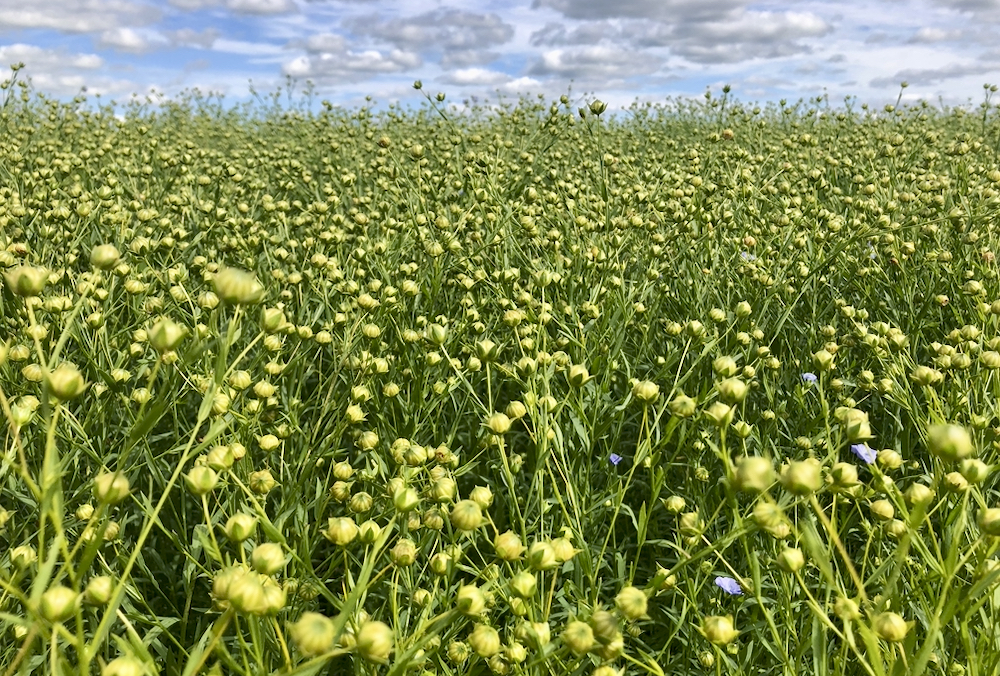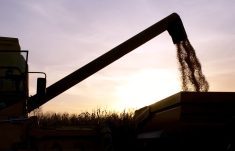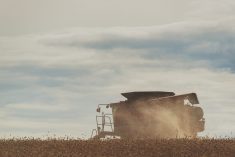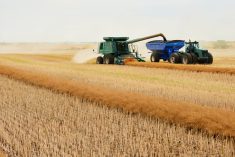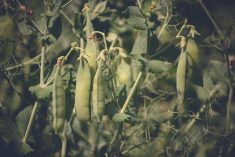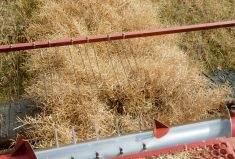Glacier FarmMedia — A combination of cool temperatures, humidity, rainfall and thunderstorms delayed crop development and harvest progress across Saskatchewan during the week ended Aug. 18.
The province’s weekly crop report said only three per cent of the harvest was complete, behind the five- and 10-year averages. The southwest region led the way with eight per cent, followed by the southeast at four per cent and the east-central region at two per cent. The west-central, northeast and northwest regions were at one per cent each. Higher temperatures are in the forecast this week which would accelerate crop maturity.
Read Also

Modest increase for Malaysian palm oil says USDA attaché
Stronger than expected yields in the early going saw Malaysia’s 2025/26 palm oil production get a good start, said the United States Department of Agriculture attaché in Kuala Lumpur.
Yorkton received the most rainfall in the province at 95 millimetres. Other areas with heavy rainfall were Swan Plain with 78 mm and Calder with 76 mm.
Despite the conditions, the winter wheat crop reached 46 per cent combined, while fall rye was at 44 per cent and triticale was at 34 per cent. Field peas were 17 per cent combined while lentils were at 12 per cent. Barley was eight per cent harvested, durum was at five per cent, oats were at two per cent and spring wheat and canola were at one per cent each.
Provincial cropland topsoil moisture was rated at 80 per cent adequate, 10 per cent short, two per cent very short and eight per cent surplus. Hayland topsoil moisture reported 73 per cent adequate, 19 per cent short, three per cent very short and five per cent surplus. Topsoil moisture for pastures was 67 per cent adequate, 24 per cent short, three per cent very short and nine per cent surplus.
Across Saskatchewan, 67 per cent of crop reporters said there were no water shortages for livestock producers, either currently or upcoming. In addition, 17 per cent reported moderate shortages, 14 per cent reported shortages to occur within one to two months, and two per cent said there were severe shortages. There were no concerns with water quality.
North and central parts of the province saw crop damage by bertha armyworms. Grasshoppers, crop lodging due to wind damage and hail damage were also reported in some areas. Localized flooding also occurred in the southern part of the province due to heavy rainfall.

